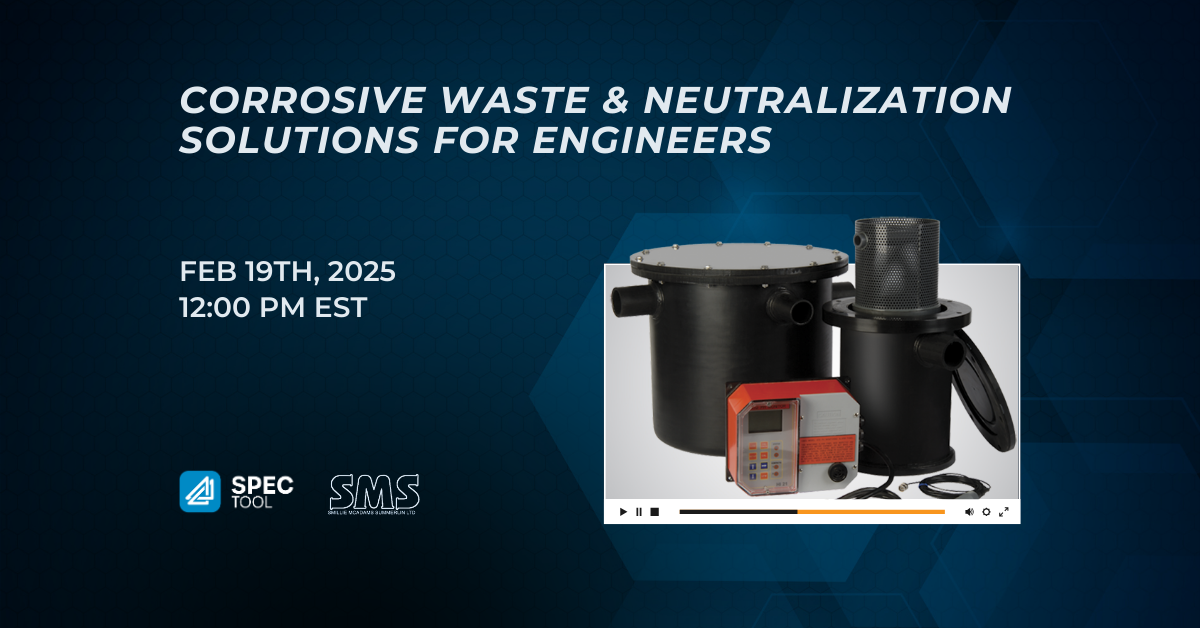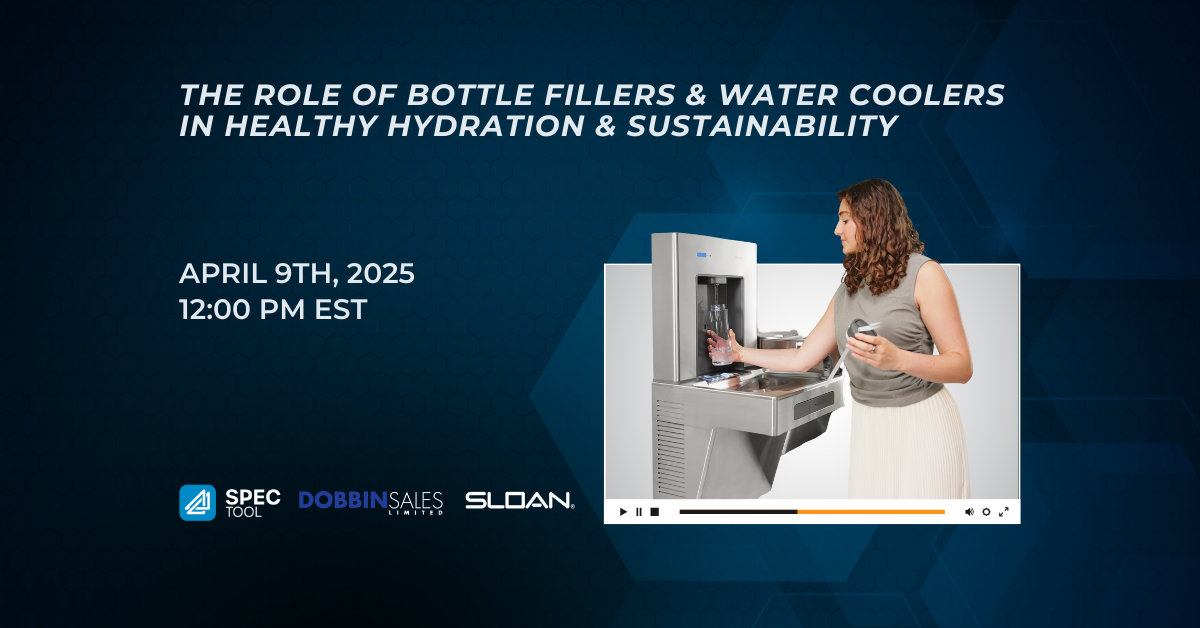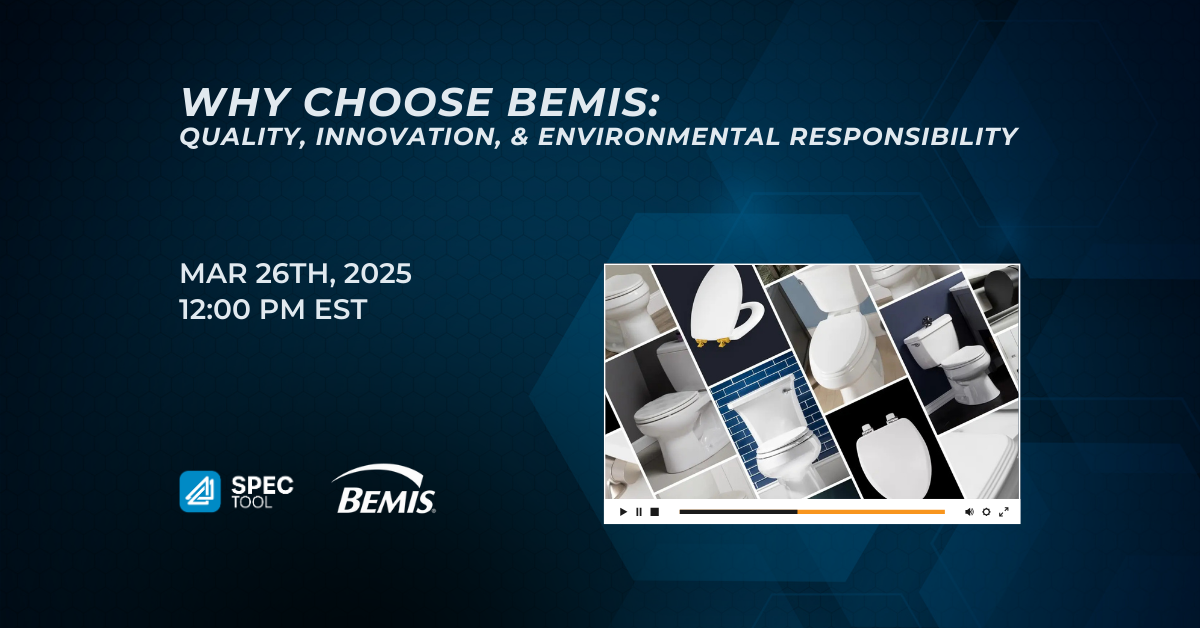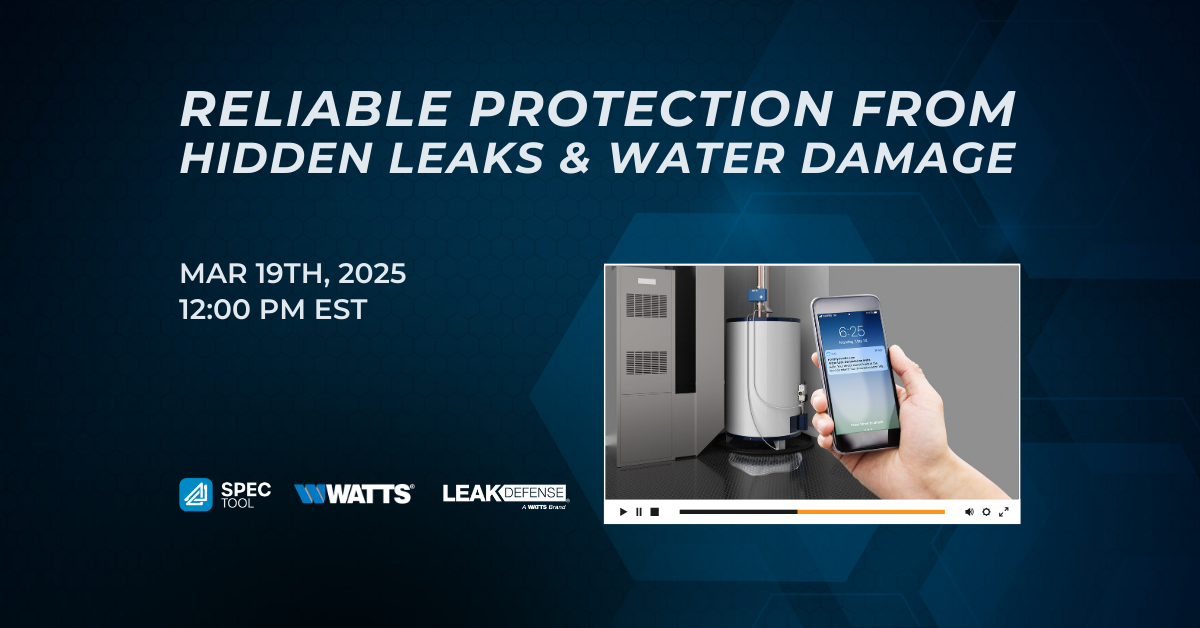Corrosive Waste & Neutralization Solutions for Engineers with SMS

Chapter 1: Corrosive Waste Piping Systems
Key Takeaways:
- Canadian code (OBC 2281) restricts corrosive waste piping materials to borosilicate glass, polyvinylidene fluoride (PVDF), and polypropylene.
- CPVC does not satisfy the specific chemical resistance requirements for corrosive waste as per CSA B181.000.
- Venting systems for corrosive waste must operate independently from standard DWV systems to avoid corrosion.
Chapter 2: Material Selection and Cost Considerations
Key Takeaways:
- Borosilicate glass, while ideal for plenums and vertical shafts, is the only non-combustible option but is costly due to the specialized labor required.
- Polypropylene is cost-effective but necessitates sprinkler systems in non-combustible buildings and cannot be utilized in vertical shafts.
- PVDF meets flame and smoke requirements for non-sprinklered buildings but carries a higher cost compared to polypropylene.
Chapter 3: Neutralization Systems and Code Requirements
Key Takeaways:
- The Canadian code (2444) requires neutralization or dilution tanks for discharge of corrosive waste, connected to the sanitary drainage system via traps or indirect connections.
- Specific pH discharge limits set by municipalities necessitate neutralization prior to discharge; dilution alone may be inadequate or prohibited.
- Neutralization methods can be passive (e.g., using limestone for acids) or active (e.g., injecting alkaline solutions), with tank sizing dependent on fixture units, flow rate, and dwell time.
Chapter 4: Neutralization Tank Design and Specification
Key Takeaways:
- Passive neutralization systems using limestone require a minimum retention time of one gallon per hour per fixture unit, factoring in limestone volume for functional capacity.
- Active systems involve pumps, agitators, and pH controllers, necessitating careful specification for proper sizing and functionality.
- Submitted neutralization systems require scrutiny since they are engineered solutions lacking standardized compliance certifications.



